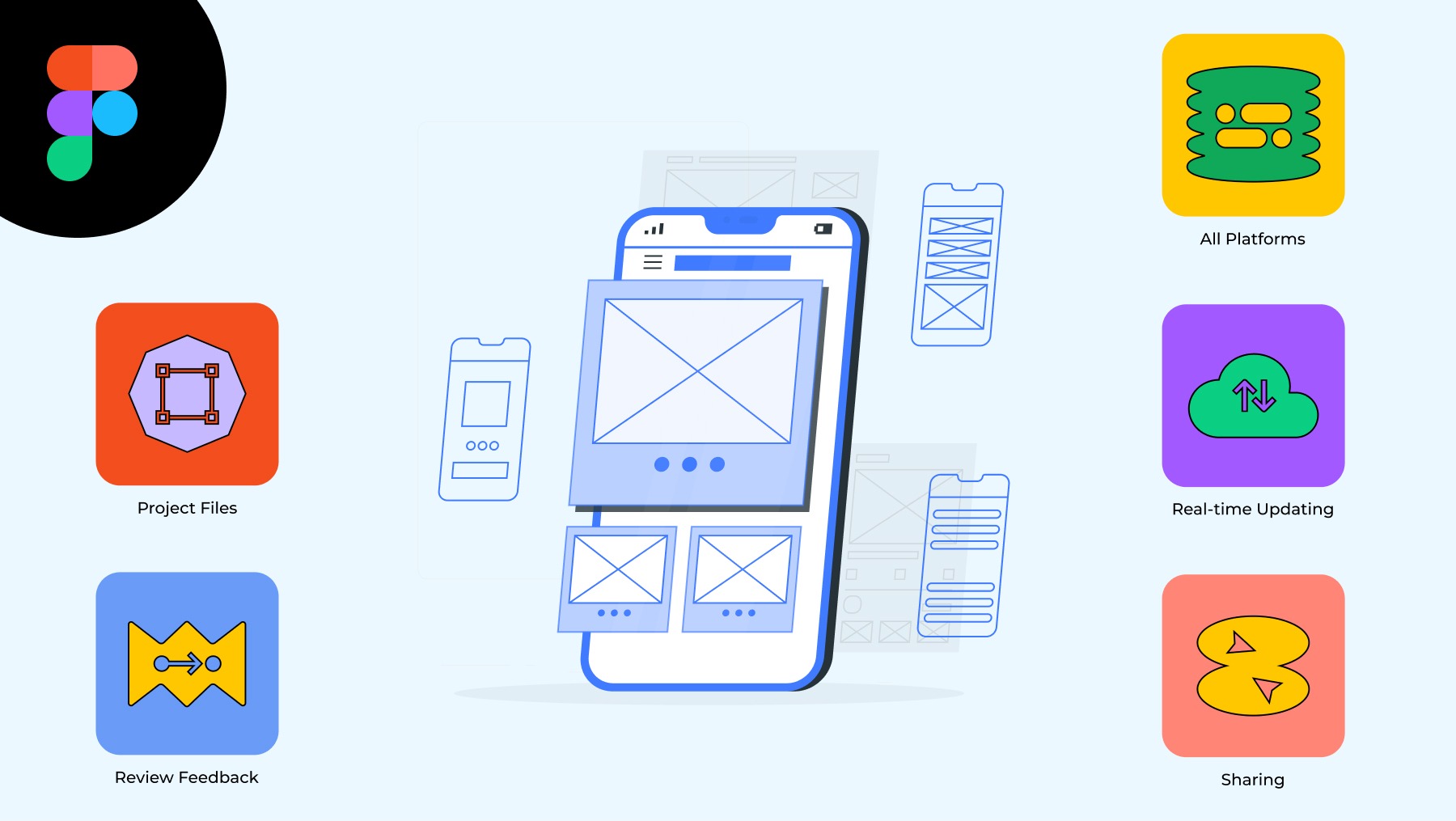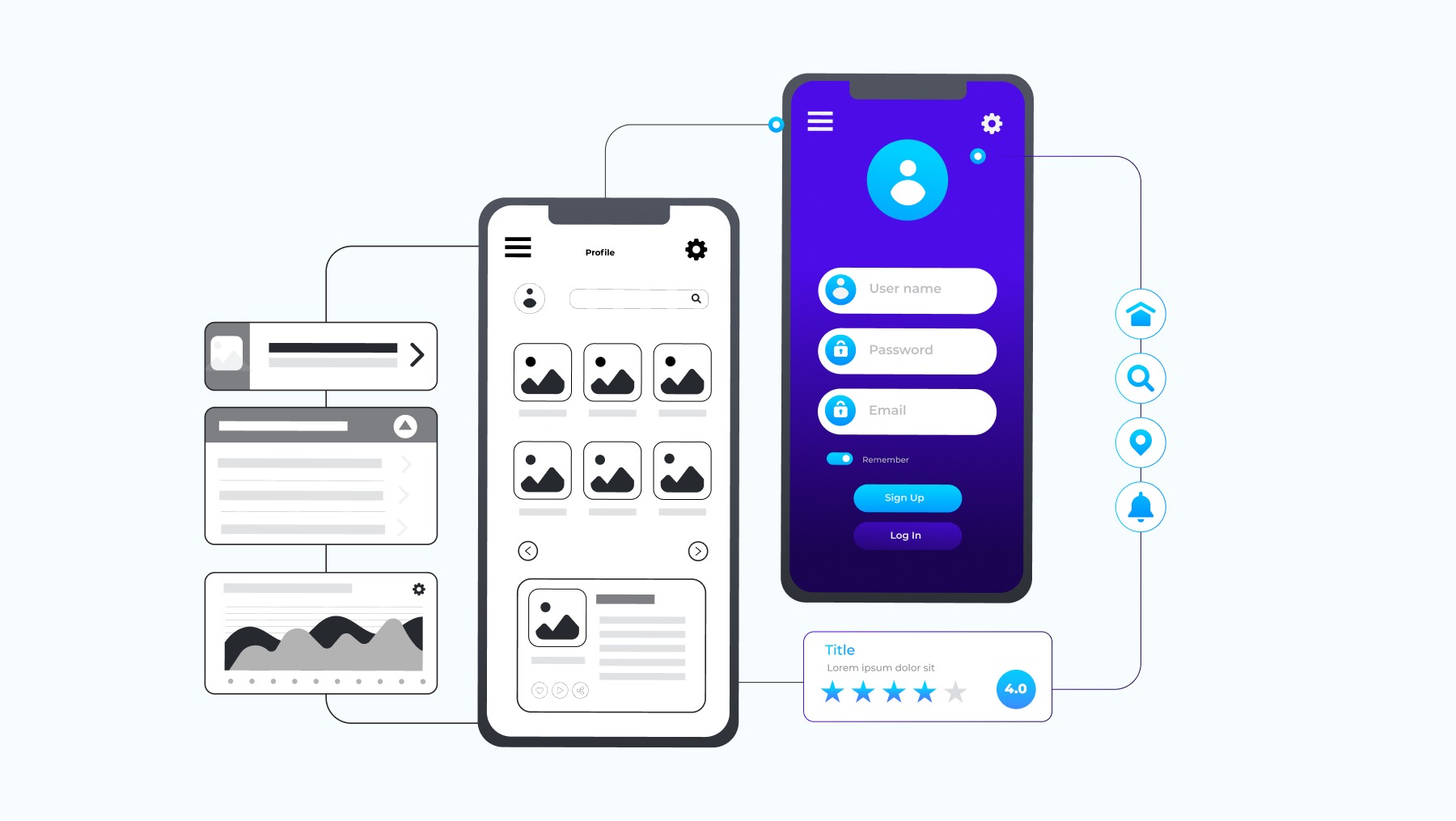Top 4 Technology Trends Recreating the Fashion Industry

It is not an exaggerated statement when we hear that technology has reshaped the world with its latest trends. Several technology advancements have reduced manual labour, and reshaped the entire idea and notion of production. Not to forget that these advancements have also reshaped several industries. To name a few; fashion, transport, textile, fintech, healthcare, etc. This blog will be focused on the effect of technology on one of these industries.
Fashion – something that changes everyday. It is one of the biggest industries globally, and generates almost $1.5 trillion revenue annually. Since we live in the insta-age of technology, social media has had a prominent role in reshaping fashion today. It has made customers aware of wanting the latest fashion trends when it comes to apparel, bags, shoes, etc. Since the fashion industry changes its trends frequently, brands and companies are required to become more responsive to market needs, and these brands will also stand out in this fast-changing modern environment.
The fashion industry has also seen rapid growth after the boost in e-commerce. People are now increasingly buying since they have the comfort of doing so from their own comfort zone. This has boosted production and sales in the fashion industry as they can now also advertise and market their products better – social media is the new holy grail. Many designers and companies now need to embrace the newest technologies to push the limits of production, wearability, and marketing as customers’ actual lives are now becoming increasingly interlinked with the digital world.
From artificial intelligence to the boom of mobile e-commerce, we have compiled four top technology trends that are reshaping the fashion industry in 2024.
Trend 1: Artificial intelligence
Artificial intelligence is now being used by brands in the fashion industry to improve consumer shopping experiences, analyze data, boost sales, anticipate trends, and provide inventory-related recommendations. This is a recent development that has not only aided the industry, but also reduced its cost by cutting on manual labour.
It’s nearly impossible to now visit a fashion brand’s website, and not come across some sort of artificial intelligence (AI) chat technology that is being used to improve client experience. Algorithms that track consumers’ journeys to connect them with their required products and services are also a part of AI technology.
Trend forecasting and supply chain management are also some of the most profitable avenues for AI in the fashion industry. For most brands today, real-time inventory tracking has become essential since it saves time and facilitates warehouse management and operations.
Moreover, chatbots and touchscreens are also being used in stores now to improve customer experience by giving customized product suggestions to buyers. The scope of AI in fashion can be better understood with the example of Finery; a British fashion label that has come up with an automated wardrobe tool that uses analytics, records customers purchases and introduces them to a virtual wardrobe.
Trend 2: Internet of things (IoT)
The internet of things (IoT) is a network of items or “things” that are integrated with technology to allow data to be exchanged and connected through the internet. This is one of the most fascinating and rapidly developing technical developments in the fashion industry today. The fashion business has had to keep up with the demands of modern living, be it a strong emphasis on comfort, or the use of new and innovative materials.
Remarkable advancements in apparel technology and wearable technologies reflect this. The birth of IoT gives the idea of comfort a whole new meaning and scope. Yoga pants from a prominent sports apparel brand are one of the greatest example of IoT in the fashion industry. These aren’t your everyday basic Yoga pants , instead, they include built-in sensors that vibrate to assist you in adjusting your posture as you progress through Yoga.
Isn’t it thrilling? In other words, you can’t go wrong with your workout when you’re dressed so tech-fashionably! It doesn’t end here, there are apparel brands that have clothes to monitor your heart rate and calculate your body temperature. There are also socks that are able to track your steps and calories.
Trend 3: E-Commerce
E-commerce also referred to as mobile commerce is the ultimate digital tool and technology trend today. Be it Insta shopping or smart wallets, it has not only influenced our daily lives, but it has also become one of the fastest-growing segments of the fashion industry. It is estimated that e-commerce will reach about $284 billion, or 45% of the total U.S. e-commerce market, by 2021 (Insider).
One explicit reason for this is the growth in using the internet for online shopping because of its convenience and ease. New technologies like Apple and Android Pay are developing new features like fingerprint and face recognition. These features are now becoming the primary methods of payment for retail transactions in the fashion industry.
It is stated that two out of three millennials would choose to shop online rather than shopping in-store (Big commerce). Social media has also boosted this shift to online shopping. With Instagram’s shopping tools, brands can now have fully integrated digital commerce offerings and forecasts to their customers’ favorite fashion trends. This increases their prominence and increases their chances of selling their products fast. These social media applications have digitized and transformed the online sales sector by illustrating how e-commerce is transforming the fashion industry from top to bottom.
Trend 4: 3D printing
Another innovative technology trend that is assisting numerous fashion businesses across the world with on-demand production is 3D printing. It also helps to develop potential ideas for bespoke apparel, innovation, and sustainability. Julia Daviy’s collection in 2018 was made entirely out of 3D printed materials, this not only reduced waste by around 35%, but also required a lesser manual labour as compared to conventional ways of fabric production.
Ideas and trends like these will incorporate the fashion industry with the much needed modern fashion techniques – all done in an eco-friendly way! Many fashion brands are now embracing 3D prints in their collections. Be it accessories or full looks, they are trying to make it all come out of 3D printing (Vogue).
It does require a longer period of time to come into existence, however, isn’t saving the planet a better idea than saving a couple of extra hours. 3D printing also gives fashion a whole new vibe of idealistic art. Designers like Wipprecht are combining cutting-edge scientific technologies with fashion. Ideas like these demonstrate the adaptability of this new technology.
Conclusion
Above mentioned were the top four technology trends that are revamping the fashion industry today. As society continues to modernize, there will be lots of new engrossing technology stuff that we will witness. If you’re a business in the fashion industry, quickly adapt and embrace these technology trends, since there is no room for a mistake in this highly competitive fashion industry.














